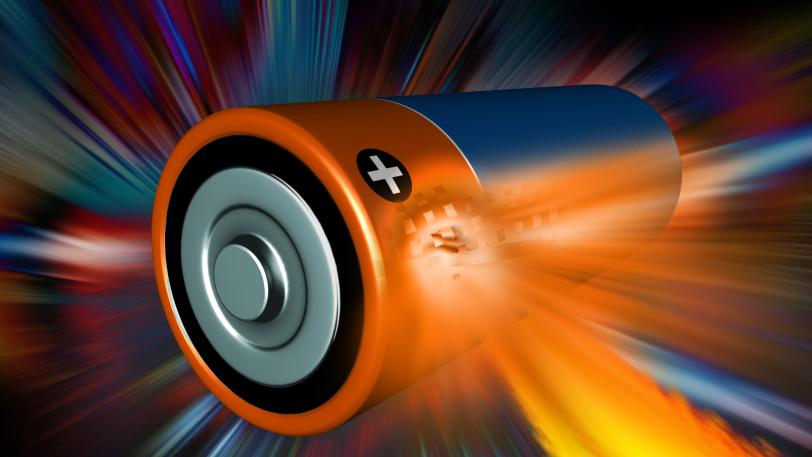Making the transition from fossil fuels to cleaner, renewable energy sources for the world’s automobile fleet will require dramatic improvements in rechargeable batteries: They will need to be lighter, less expensive, run 300-plus miles on a single charge and last the lifetime of the vehicle. While lithium-ion batteries promise to fulfill all these requirements, progress has been frustratingly slow and incremental. To speed things up, researchers are using powerful synchrotron-based X-rays to peer inside lithium-ion batteries while they operate. These studies of batteries in action are revealing the detailed physical and chemical changes that take place as a battery charges and discharges. Understanding how batteries function – and what causes them to eventually fail – will help scientists design the next generation of battery technologies.
X-rays Reveal Secret Life of Batteries
Presented by Johanna Nelson Weker
About Johanna Nelson Weker
Johanna Nelson Weker graduated in 2005 with a bachelor’s degree in mathematics and physics from Muhlenberg College, a small liberal arts college in Pennsylvania. In 2010, she received a PhD in physics from Stony Brook University in New York, where she studied an X-ray microscopy technique that eliminates the need for X-ray lenses, which are both inefficient and difficult to fabricate. Having done much of her graduate research at the Advanced Light Source in Berkeley, she was delighted to move to the Bay Area and accept a postdoctoral position at Stanford University. Working at SLAC’s Stanford Synchrotron Radiation Lightsource, she has been using X-rays to study energy storage materials, such as lithium-ion batteries, under realistic operating conditions. In 2013, she became an associate staff scientist in the Materials Science Division at SLAC.
X-rays Reveal Secret Life of Batteries
Presented by Johanna Nelson Weker

X-rays Reveal Secret Life of Batteries
Public lecture presented by Johanna Nelson Weker
SLAC National Accelerator Laboratory
12:30–1:30 p.m. PDT